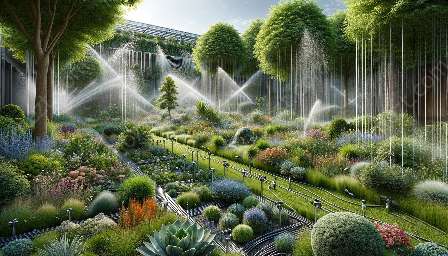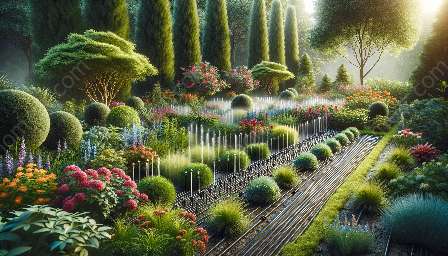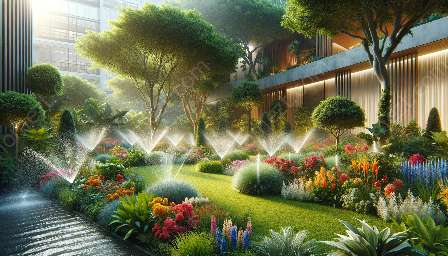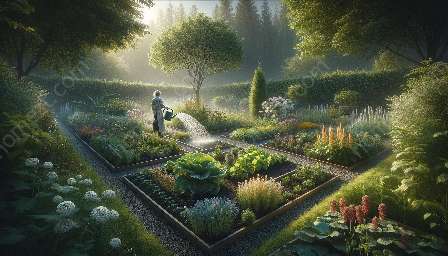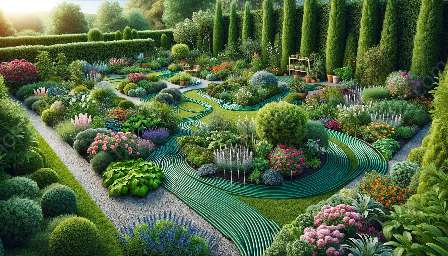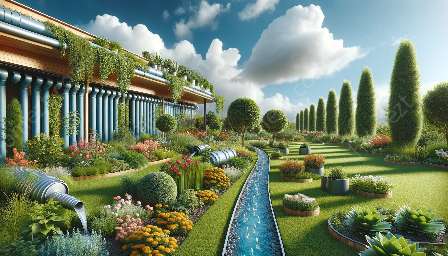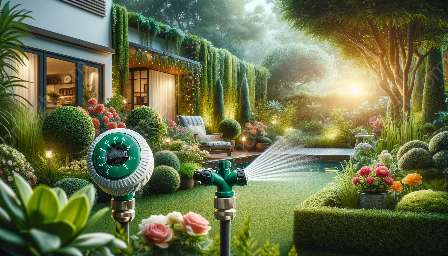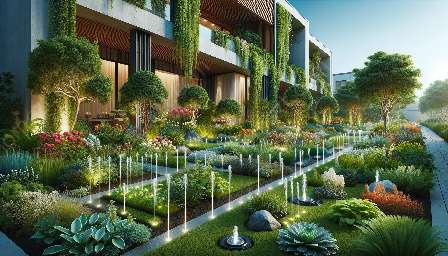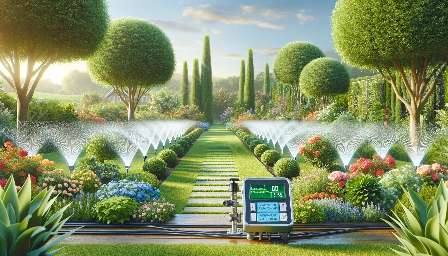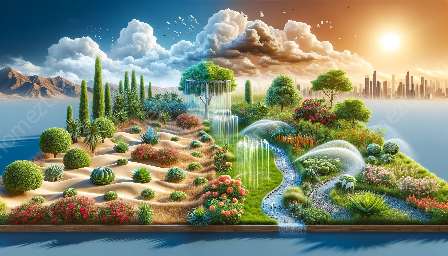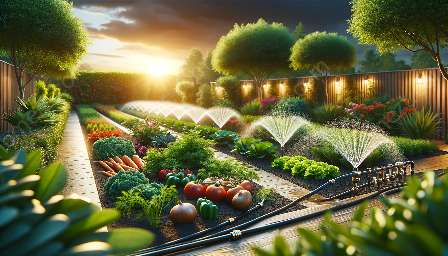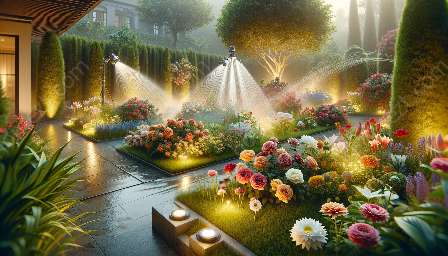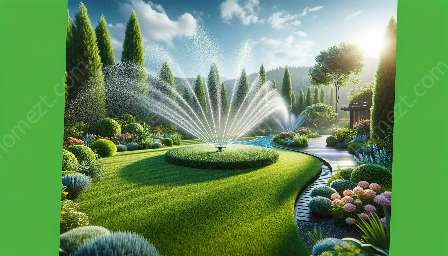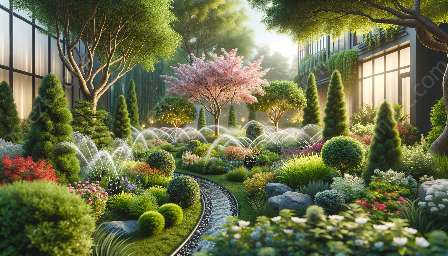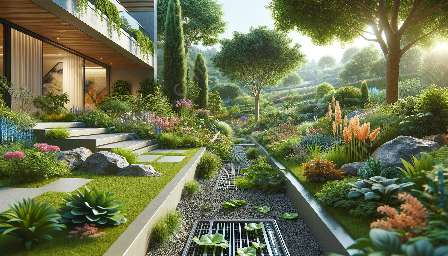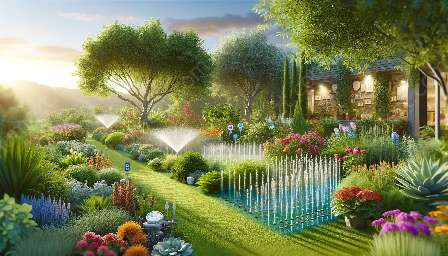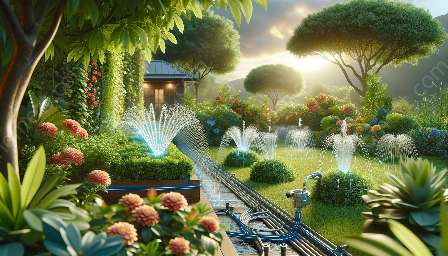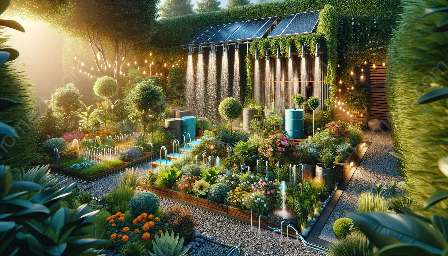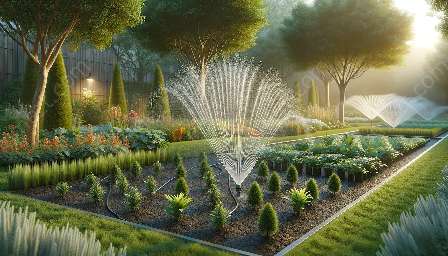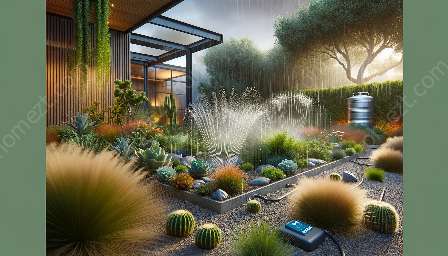Watering restrictions, techniques, and their impact on gardening and landscaping play crucial roles in maintaining sustainable and healthy outdoor spaces. In this comprehensive guide, we delve into the significance of watering restrictions, explore effective techniques for optimizing water usage, and discover how these practices influence the world of gardening and landscaping.
Understanding Watering Restrictions
Watering restrictions are rules and regulations put in place to manage and conserve water usage, especially during periods of drought or water scarcity. These restrictions often dictate specific days and times when watering outdoor spaces, such as lawns and gardens, is permitted. By adhering to watering restrictions, individuals and communities contribute to water conservation and the preservation of natural resources.
Adapting to Watering Restrictions
Adapting to watering restrictions requires a strategic approach to maintain lush gardens and vibrant landscapes while respecting conservation efforts. Implementing water-efficient irrigation systems, such as drip irrigation or soaker hoses, can help ensure that plants receive adequate hydration within the constraints of watering restrictions. Additionally, practicing deep and infrequent watering, selecting drought-tolerant plant species, and adding mulch to the soil surface can help minimize water usage and promote the resilience of plants during restricted watering periods.
Optimizing Watering Techniques
Effective watering techniques are essential for nurturing healthy plants and sustaining flourishing gardens and landscapes. By employing proper watering methods, such as targeted and timed watering, gardeners and landscapers can maximize the benefits of water while minimizing wastage. Assessing soil moisture levels, considering weather conditions, and adjusting watering schedules accordingly are key aspects of optimizing watering techniques for various plant types and outdoor environments.
Implementing Water-Smart Gardening and Landscaping
Water-smart gardening and landscaping involve integrating efficient watering practices and design elements that promote water conservation and environmental sustainability. Xeriscaping, for instance, combines drought-resistant plants, soil amendments, and water-efficient irrigation to create visually appealing landscapes that thrive with minimal water input. Embracing rainwater harvesting, installing water-saving devices, and prioritizing native and adaptive plants further enhance the water-smart approach, contributing to beautiful and eco-friendly outdoor spaces.
Impact on Gardening and Landscaping
Watering restrictions and techniques significantly influence the realm of gardening and landscaping by shaping the way outdoor spaces are nurtured and preserved. As communities strive to conserve water resources, gardeners and landscapers are challenged to innovate and optimize their practices to achieve vibrant and sustainable results. By understanding and adapting to watering restrictions, incorporating water-wise techniques, and embracing the principles of water-smart design, individuals can foster thriving gardens and landscapes while contributing to the global effort of water conservation and environmental stewardship.

